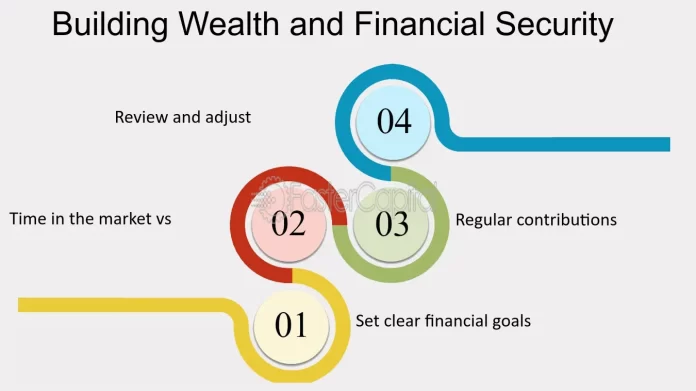Navigating the world of investments can often feel like charting a course through an expansive ocean. While the underlying idea of investing remains straightforward—allocate resources today to reap benefits tomorrow—the mechanisms, platforms, and strategies available are diverse and evolving. From the bustling alleys of global stock markets to the physical domain of real estate, from the secure folds of bonds to the lustrous allure of precious metals, investment avenues beckon with promises of prosperity. A tool that has witnessed remarkable attention in our digital age is the “trading account,” facilitating numerous online investment activities. However, the spectrum of investing extends well beyond this. This article aims to illuminate the multitude of channels available to budding and experienced investors alike.
Traditional Banking and Savings
Before venturing into complex investment instruments, understanding the foundational role of traditional banking and savings is essential. Historically, savings accounts, with their offering of safety and modest interest returns, have been the cornerstone of personal finance. Such accounts, backed by reputable financial institutions, provide a sanctuary for funds, ensuring minimal exposure to risk. Over the years, these accounts have evolved, with banks now offering a range of products tailored to various savings needs.
The Appeal of the Stock Market
The stock market, with its ebb and flow, has always been a center of attraction for investors. At its core, investing in stocks involves purchasing a share or a fraction of a company, making the investor a partial owner. While the potential for high returns is a significant draw, it’s equally critical to acknowledge that the market’s volatile nature can lead to substantial losses. It’s a realm where thorough research, patience, and sometimes a bit of luck can culminate in impressive financial gains.
Bonds: Lending with Interest
At their essence, bonds represent a formal agreement between investors and issuers. Investors lend money to bond issuers—be it governments or corporations—in return for regular interest payments. Upon maturity, the bond’s principal amount is returned. While they might not promise the high returns of stocks, bonds bring stability to a portfolio, cushioning it against market volatilities. Their predictability and fixed returns make them especially appealing to those with a cautious investment approach.
Real Estate: Tangible Assets
The allure of real estate as an investment avenue lies in its tangibility. Investors acquire physical properties, be it residential, commercial, or land, with the aim of generating steady rental income or capital appreciation. Unlike virtual assets, real estate investments offer something concrete, a piece of the earth, so to speak. While they demand significant initial capital and maintenance, they can be lucrative, especially in regions experiencing economic and infrastructural growth.
Precious Metals: A Safe Haven?
Precious metals, particularly gold and silver, have been treasured for millennia, not just for their beauty but also as a financial asset. During periods of economic uncertainty or inflation, investors gravitate towards these metals, viewing them as a protective shield against financial turmoil. While they don’t offer periodic returns like stocks or bonds, they act as a store of value, often appreciating over extended periods.
Mutual Funds: Diversification Made Easy
Mutual funds present an elegant solution to those wary of the intricacies of stock selection. These are collective investment schemes that pool resources from several investors to acquire a diversified asset mix. Managed by professionals, they provide the benefits of diversification, expertise, and scale. Investors can choose from equity funds, bond funds, or hybrid funds, depending on their risk appetite and financial objectives.
Trading Online: The Digital Frontier
In our interconnected digital era, online trading platforms have democratized investing. These platforms, often linked to a trading account, empower individuals to initiate and manage their investment activities. With a plethora of tools, analytical resources, and real-time data at their fingertips, investors can make informed decisions swiftly. The seamless integration of technology with finance means that even someone sitting in a remote corner of the world can invest in global markets. However, this accessibility also necessitates caution; ensuring one possesses the requisite knowledge is paramount to avoid pitfalls.
Alternative Investments: Beyond the Traditional
Stepping outside the realm of conventional investment vehicles, we encounter the intriguing world of alternative investments. This category encompasses venture capital, private equity, art, collectibles, and more. Generally requiring higher initial outlays and offering limited liquidity, they are not for the faint-hearted. However, for those willing to tread this path, the rewards, both financial and intangible, can be substantial.
In sum, the investment universe is vast, with each avenue catering to different financial goals, risk tolerances, and investment horizons. The key lies in continual learning and perhaps seeking guidance from trusted financial advisors. As one delves deeper, making informed and strategic decisions becomes second nature, paving the way for a financially secure future.







